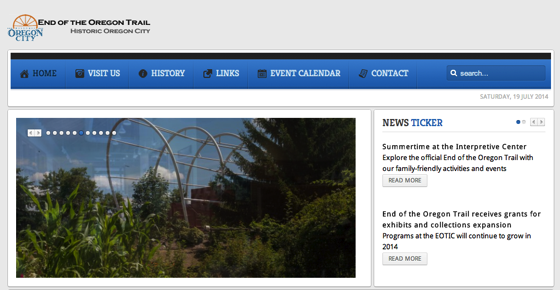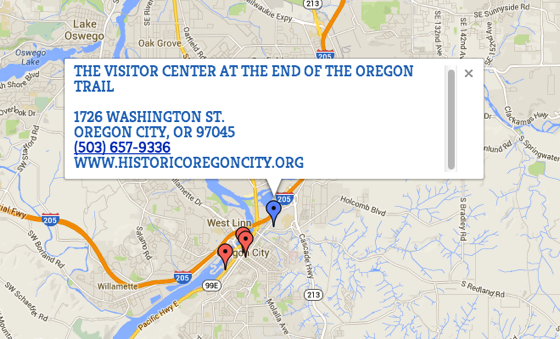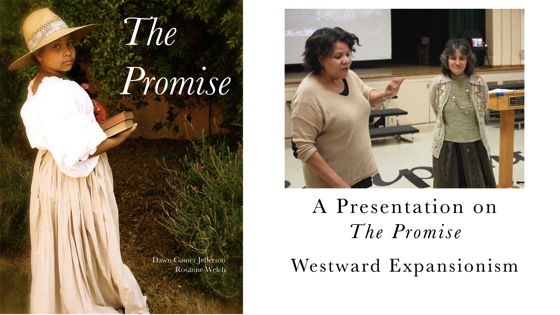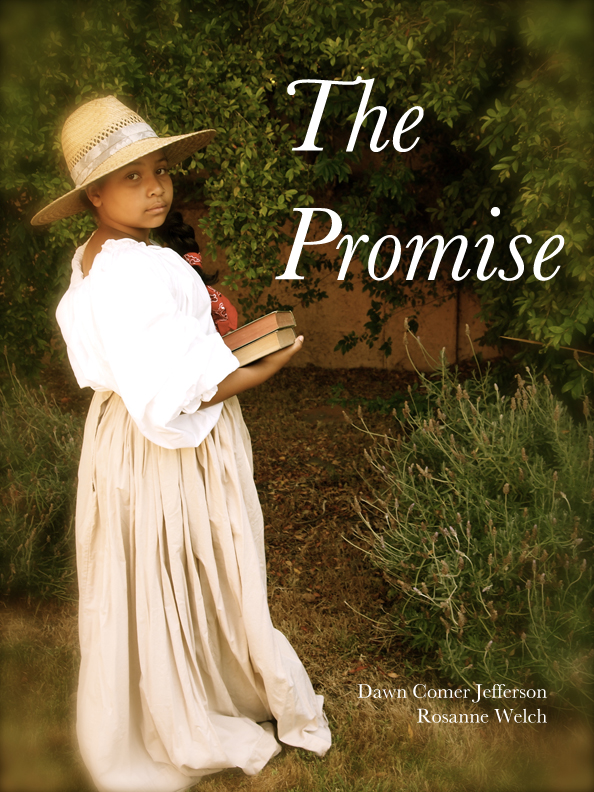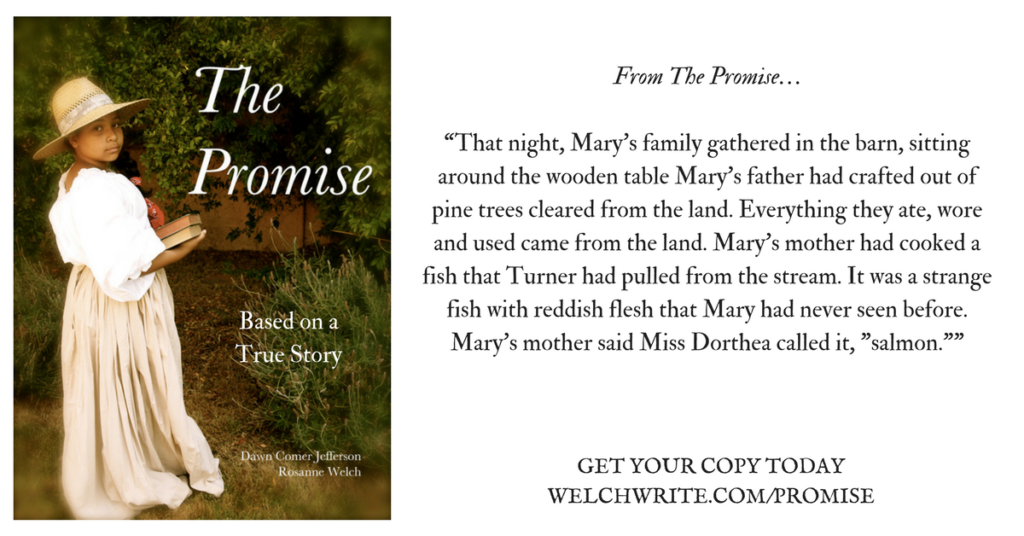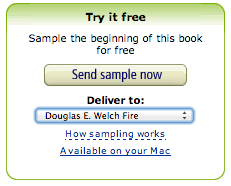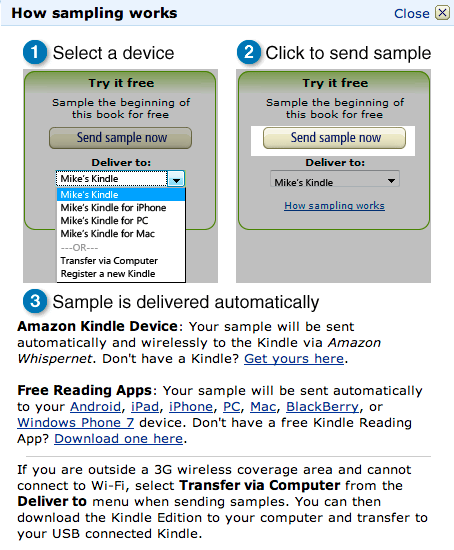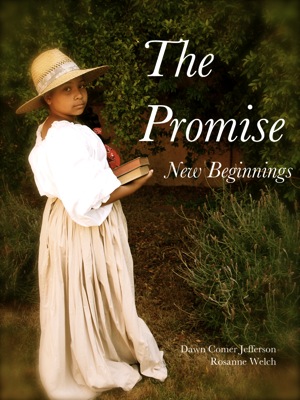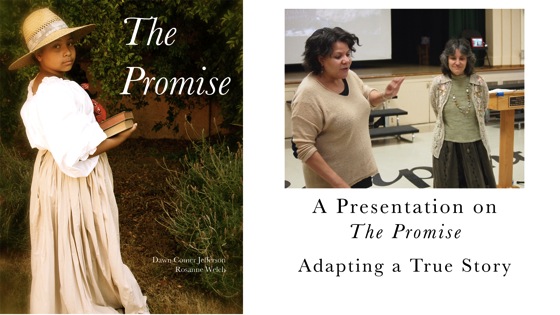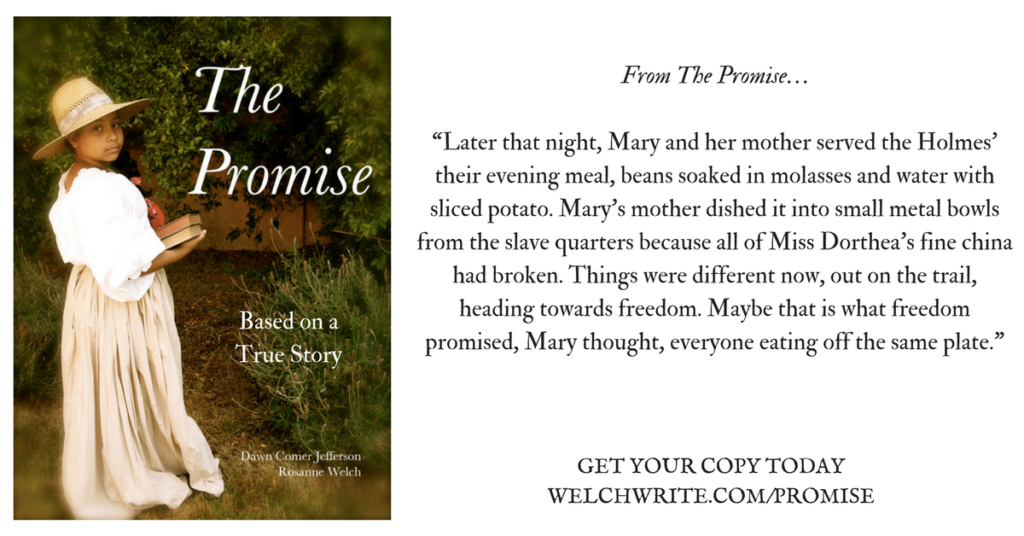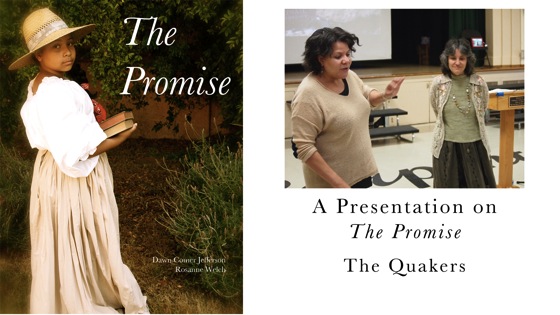America is full of history and the Oregon Trail is one large part of that history. Over the next several weeks, we’ll be highlighting a site, park or visitor center dedicated to helping us learn more about the Oregon Trail.
National Historic Oregon Trail Interpretive Center
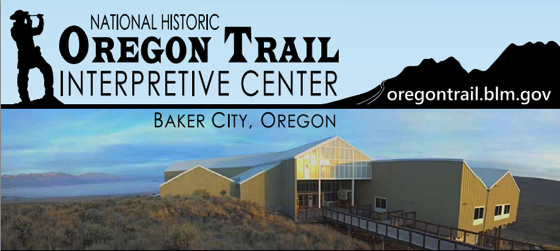
The National Historic Oregon Trail Interpretive Center offers living history demonstrations, interpretive programs, exhibits, multi-media presentations, special events, and more than four miles of interpretive trails.
They offer a variety of interpretive programs year-round—please visit their Events page to view the calendar of programs of or see what special exhibits are in the Flagstaff Gallery.
From the National Historic Oregon Trail Interpretive Center web site…
The National Historic Oregon Trail Interpretive Center is managed by the Bureau of Land Management (BLM), a Department of the Interior agency. The BLM is assisted by the Trail Tenders, Inc., a local non-profit, volunteer organization dedicated to the Oregon Trail Interpretive Center. You can view our brochure here (PDF).
The Oregon Trail Interpretive Center tells the story of the emigrant experience through exhibits, programs, films and special events. The Center focuses on six themes related to westward migration and settlement.
- Pioneer Life on the Oregon Trail
- Mountain Men and early Trail Travelers
- Native Americans along the Oregon Trail
- Natural History along the Trail and in Eastern Oregon
- Mining and Early Settlement
- History of the General Land Office – Grazing Service – Bureau of Land Management
Mission Statement
The National Historic Oregon Trail Interpretive Center at Flagstaff Hill portrays and interprets the Oregon Trail experience and its related themes, while preserving and protecting its historic, cultural heritage, natural, and visual features. The Center serves as a focal point for the cultural heritage traveler, contributes a viable tourism industry for the area, and is committed to maintaining strong community partnerships.
Education Resource Guides for Teachers | Lesson Plans
If you would like information on fees, please click here, and for groups visits, click here. A digital brochure is available here
The National Historic Oregon Trail Interpretive Center is located five miles east of Baker City, Oregon, on Highway 86. Take Exit 302 from Interstate 84: 125 miles northwest of Boise, 95 miles southeast of Pendleton. For directions, click here.
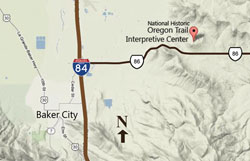
Contact Information
National Historic Oregon Trail Interpretive Center
22267 Oregon Hwy 86 • PO Box 987 • Baker City, OR • 541-523-1843 • BLM_OR_NH_Mail@blm.gov
